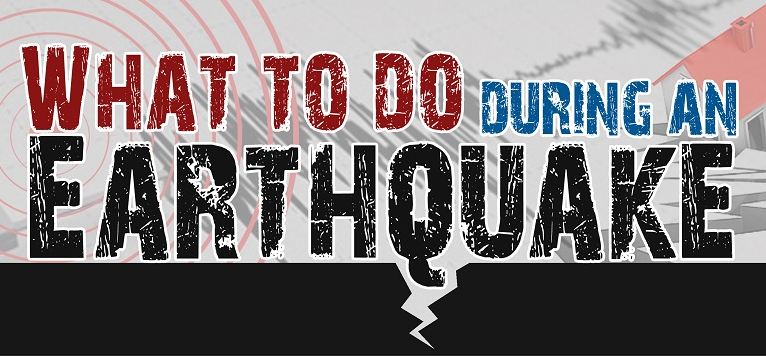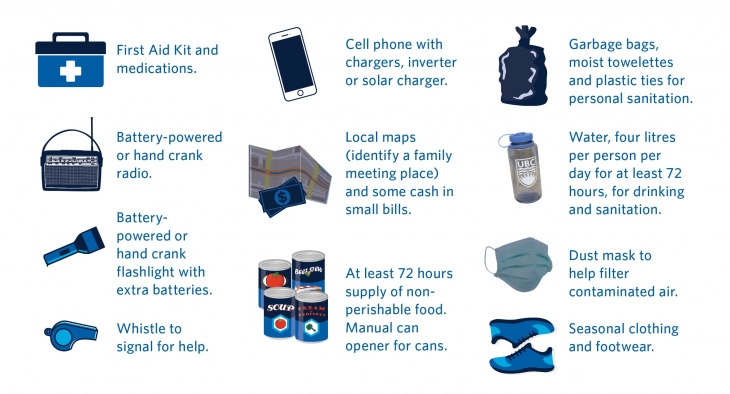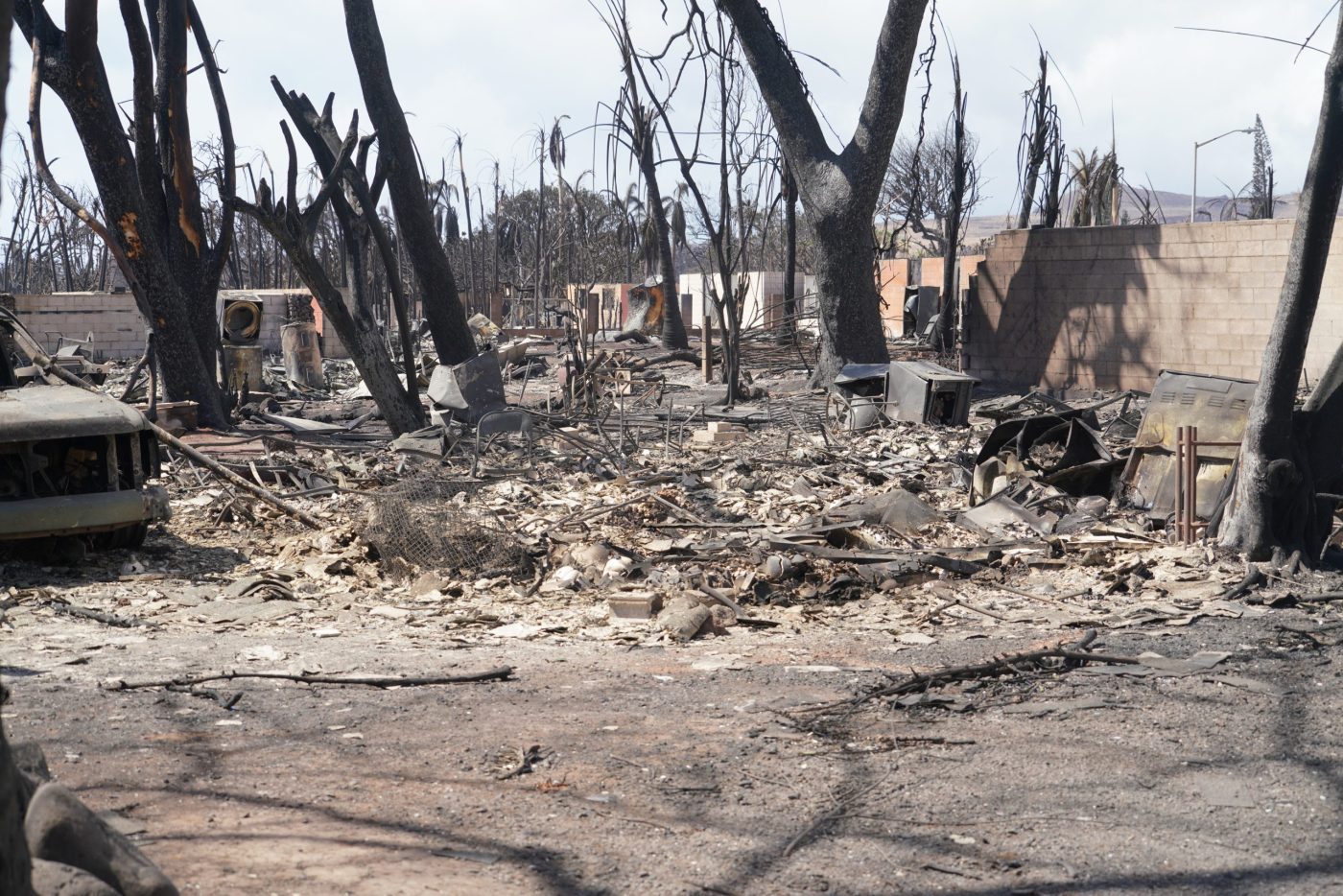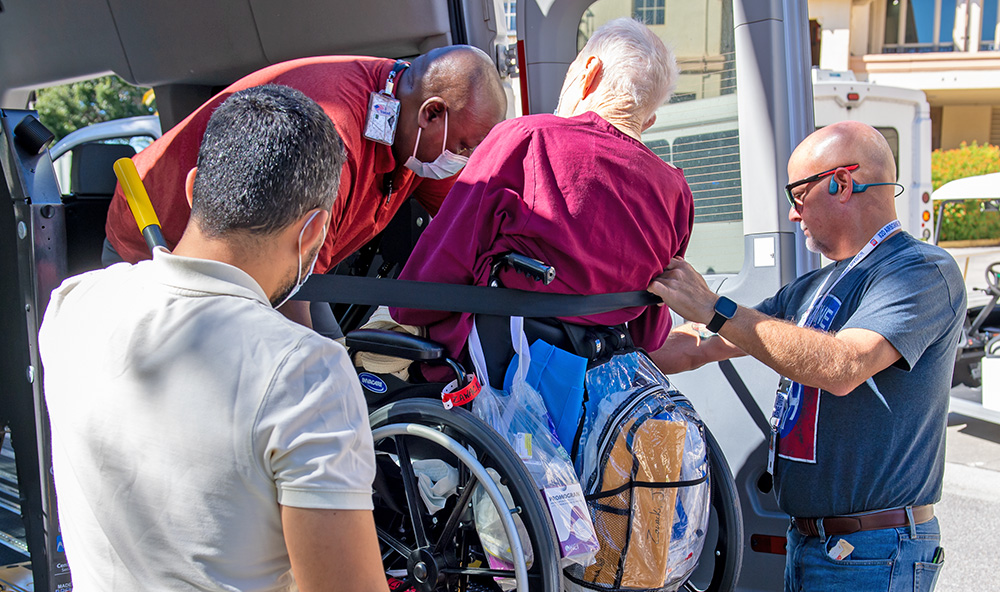Earthquakes and aftershocks can happen anywhere without warning and at any time of the year. All 50 states, five U.S. territories and the District of Columbia are at some risk. The info below can help you build out your earthquake preparedness kit and plans before the next one strikes.
The earth’s shaking can cause damage to buildings and bridges; disrupt gas, electric and phone service; and sometimes trigger landslides, avalanches, flash floods, fires and huge, destructive ocean waves (tsunamis). Buildings with foundations resting on unconsolidated landfill, old waterways or other unstable soil are most at risk. Buildings and homes not tied to a reinforced foundation anchored to the ground are also at risk since they can be shaken off their mountings during an earthquake.
Here’s what you should know before, during and after an earthquake strikes.
Before an Earthquake
- Create an emergency plan and decide how you will communicate with your family during a disaster. Communication plans should have an out-of-state contact and plan for where to meet if you get separated.
- Make a supply kit. Organize disaster supplies in convenient locations.
- Minimize financial hardship by organizing important documents.
- Consider earthquake insurance policies. Standard homeowner’s insurance does not cover earthquake damage.
- Practice Drop, Cover and Hold on: Drop to your hands and knees; cover your head and neck with your arms, and crawl only as far as needed to reach cover from falling materials; hold on to any sturdy furniture until the shaking stops.
- Secure your home or workspace by identifying hazards and securing movable items. Store heavy and breakable objects on low shelves.
During an earthquake
Your level of preparedness will make a difference in how you and others survive and can respond to emergencies. If an earthquake happens, protect yourself right away and do the following if you are in different locations:
- Inside: Drop, cover and hold on.
- Outside: Move away from buildings to an open space.
After an earthquake
Your level of preparedness will determine your quality of life in the weeks and months that follow. There can be serious hazards, such as damage to the building, leaking gas and water lines, or downed power lines. Here’s how to recover as soon as possible:
- Be ready to Drop, Cover and Hold On if an aftershock occurs.
- Check yourself for injury. If you need medical attention, contact your health care provider or call 9-1-1 for instructions.
- If you are in a damaged building, go outside and quickly move away from the building. Do not enter damaged buildings.
- If you are in an area that may experience tsunamis, go inland or to higher ground immediately after the shaking stops.
- Save phone calls for emergencies.

Here are the various phases of protecting you and your loved ones before, during and after an earthquake.
If recent history has proven anything, it’s that a natural disaster can happen at any time. Being prepared allows you to reduce the fear, anxiety and losses that accompany disasters. Know your risk for an earthquake in your area and what you must do to stay safe.
For more tips on earthquake preparedness, please click on the following links below:
Drop, Cover and Hold On – Shakeout.
Improve Safety After Earthquake.
Topics in this story
More Stories
Disaster assistance information has been sent to thousands of Veterans who live in Hawaii.
VA’s Sunshine Healthcare Network took quick action in response to Hurricanes Fiona and Ian including contacting more than 10,000 vulnerable Veterans.
VA Video Connect, My HealtheVet, and other virtual tools can help you access VA care in case of a hurricane or natural disaster.







I survived a devastating hearthquake in 1949 in South America. One of the things I remember was that safeguarding children is of the upmost importance. A child becomes utterly confused and unless a caring adult steers him/her to safety it could be lost. Also, treat the child for trauma, do not let him/her witness gore and death. Safeguard the body and soul of the child. I survived that maihem yet I don’t remember witnessing the tragedy itself nor I have serious scars about it.